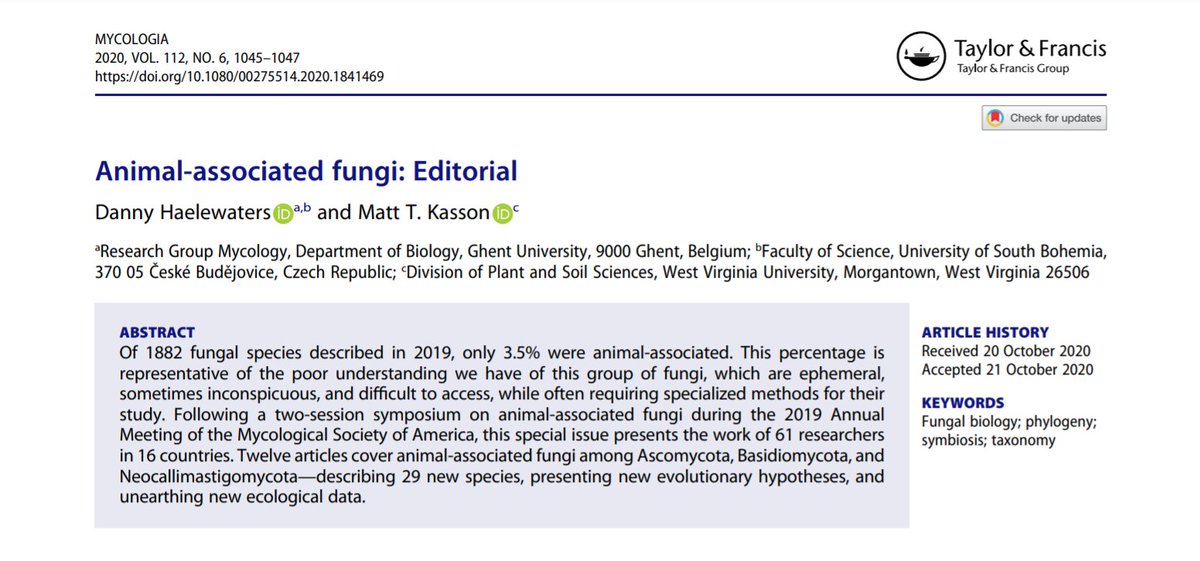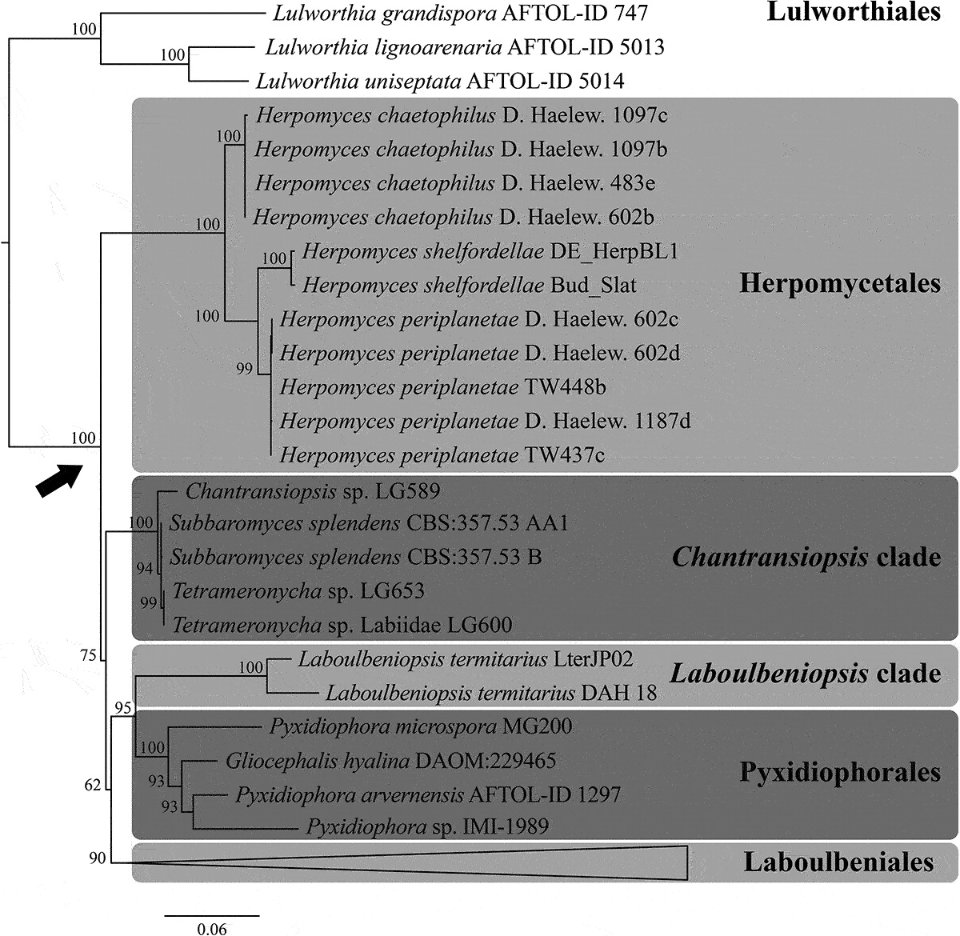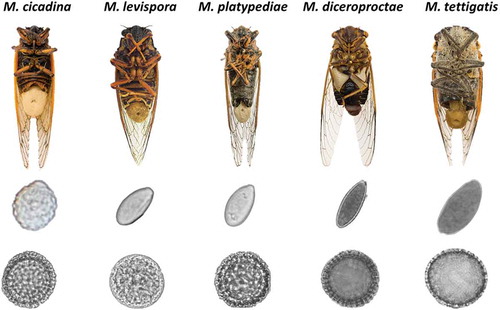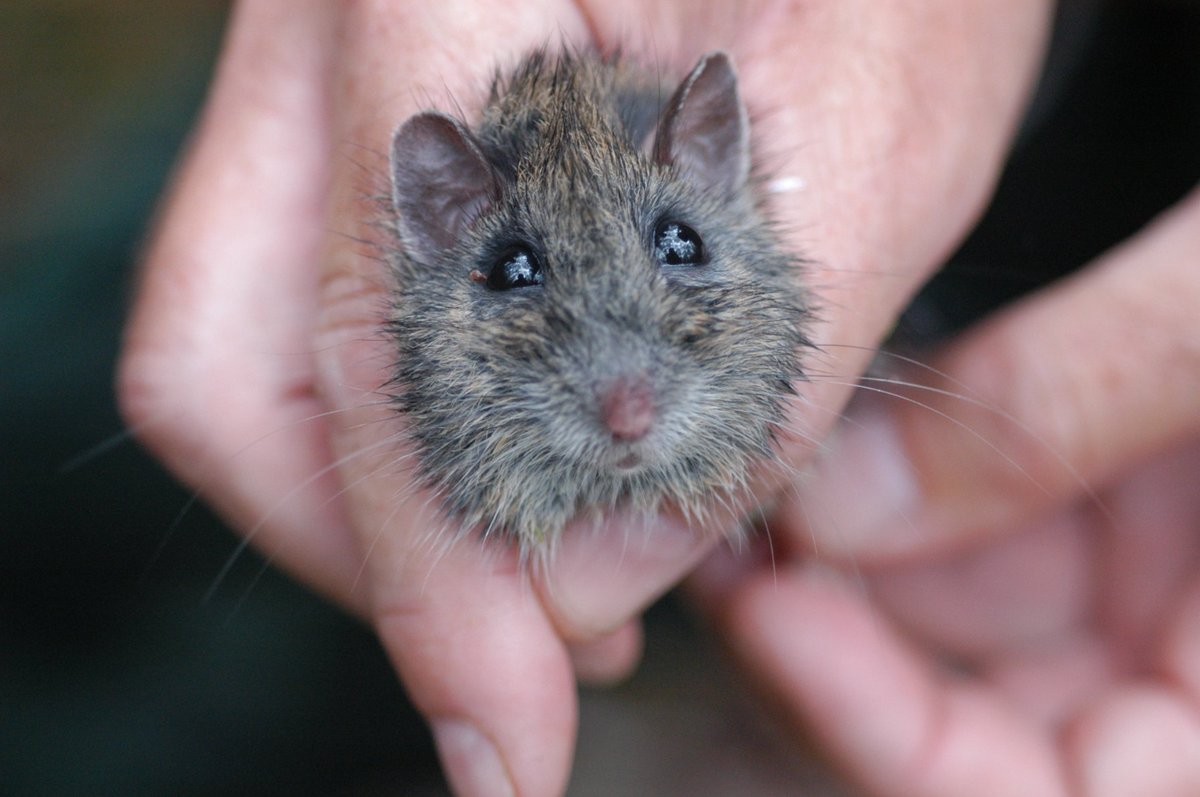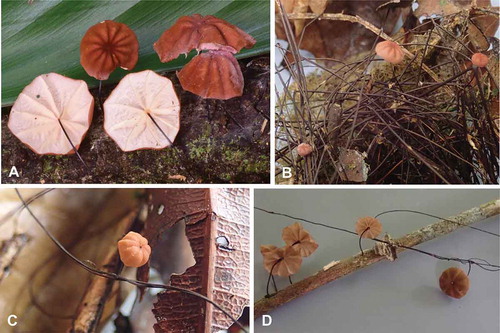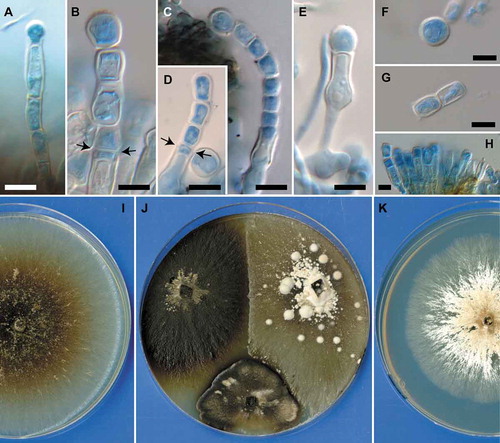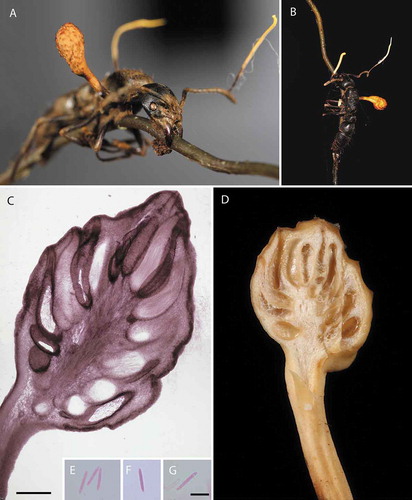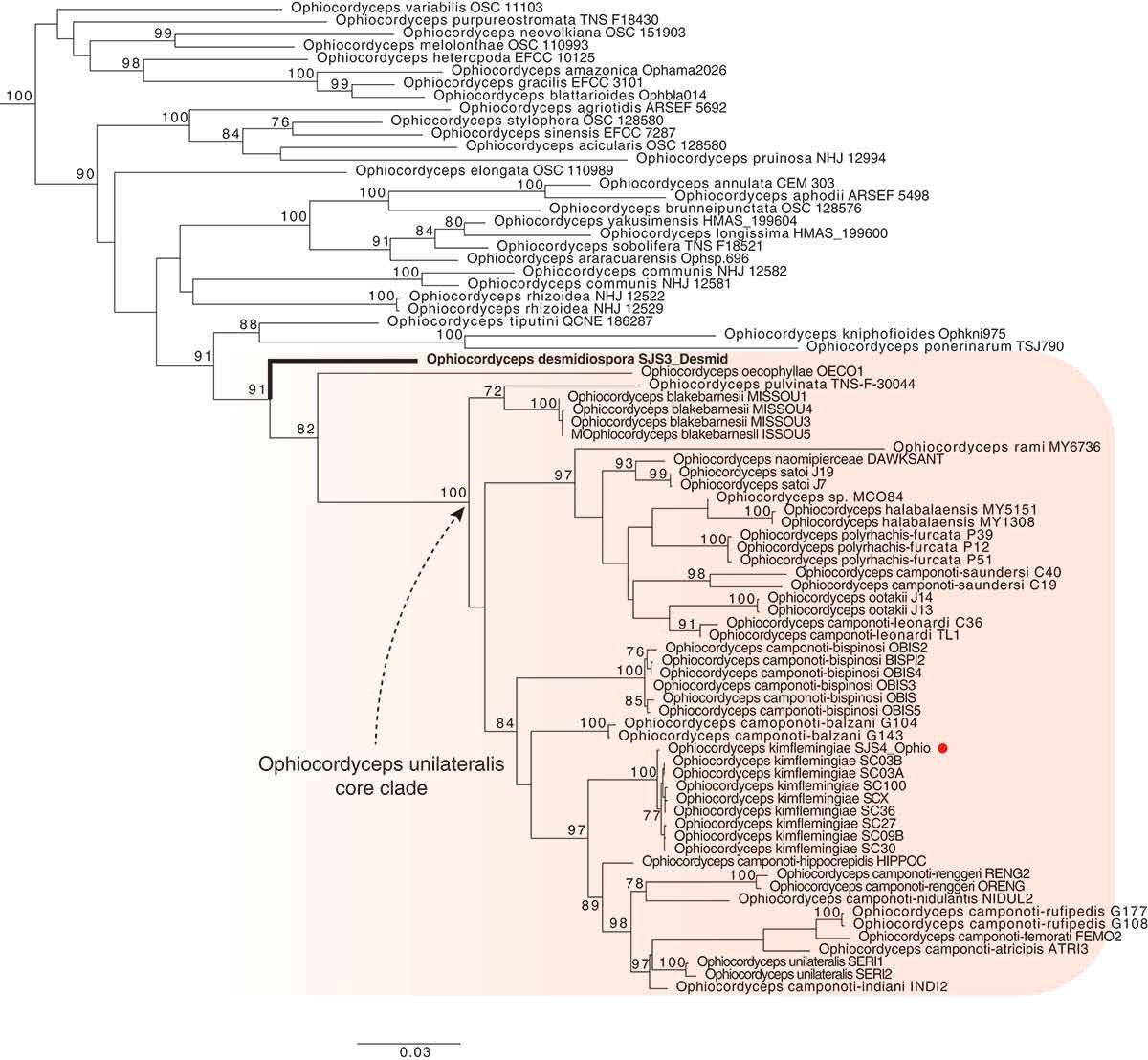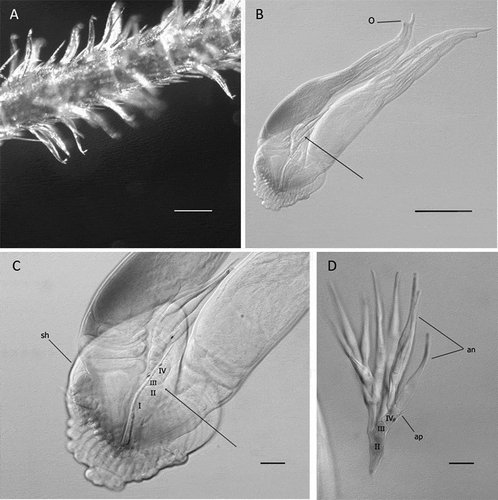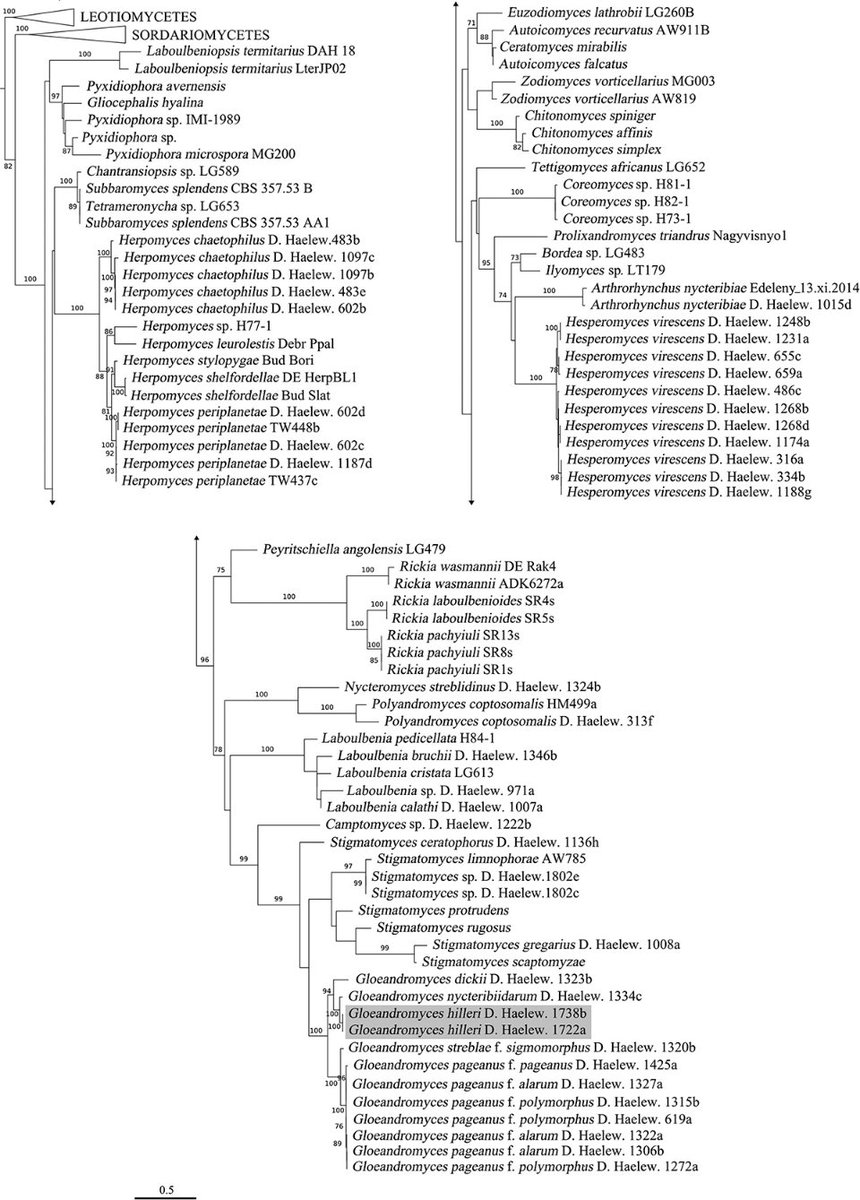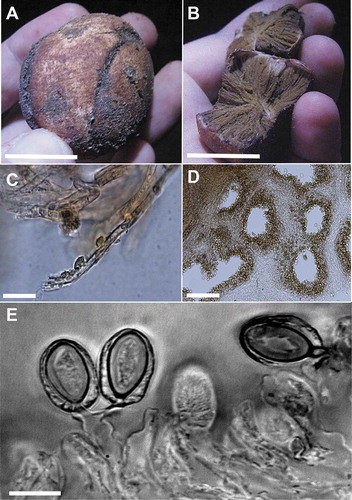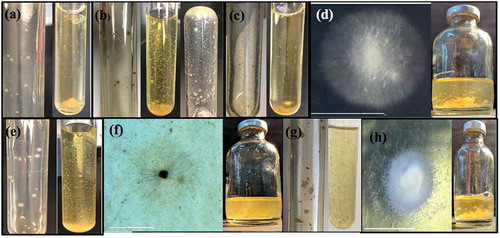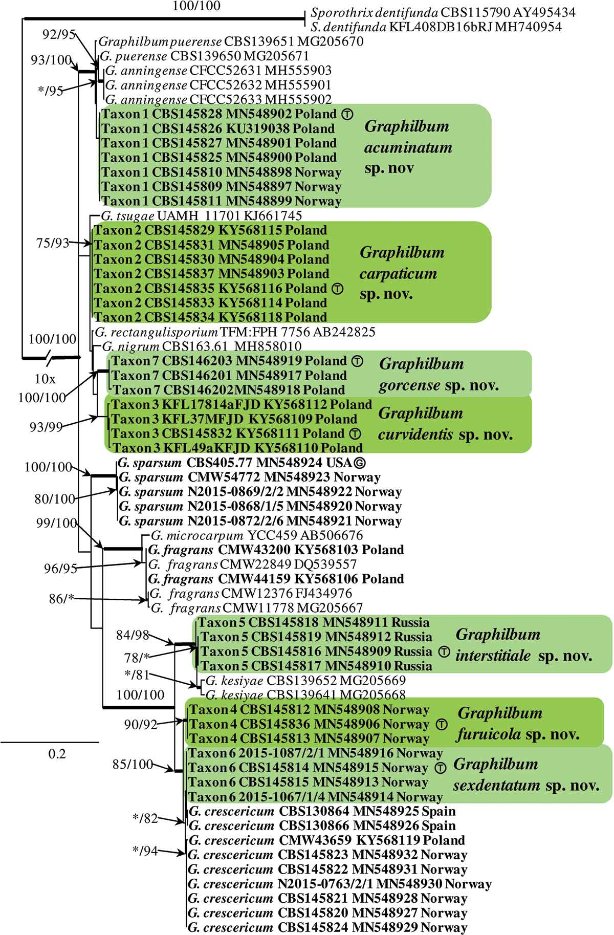The #Mycologia special issue Animal-Associated Fungi is available online! A thread. 
12 articles
by 61 authors
at 40 institutions and affiliations
in 16 countries
 https://www.tandfonline.com/toc/umyc20/112/6?nav=tocList (full issue)
https://www.tandfonline.com/toc/umyc20/112/6?nav=tocList (full issue)
 https://www.tandfonline.com/doi/full/10.1080/00275514.2020.1841469 (editorial)
https://www.tandfonline.com/doi/full/10.1080/00275514.2020.1841469 (editorial)

12 articles
by 61 authors
at 40 institutions and affiliations
in 16 countries
 https://www.tandfonline.com/toc/umyc20/112/6?nav=tocList (full issue)
https://www.tandfonline.com/toc/umyc20/112/6?nav=tocList (full issue) https://www.tandfonline.com/doi/full/10.1080/00275514.2020.1841469 (editorial)
https://www.tandfonline.com/doi/full/10.1080/00275514.2020.1841469 (editorial)
The issue starts with a contribution by Blackwell et al. (2020) who disentangle the taxonomic confusions that have long surrounded the arthropod-associated #Laboulbeniomycetes.
 https://doi.org/10.1080/00275514.2020.1718442
https://doi.org/10.1080/00275514.2020.1718442
 https://doi.org/10.1080/00275514.2020.1718442
https://doi.org/10.1080/00275514.2020.1718442
Macias et al. (2020) then employ molecular phylogenetic data and morphology to investigate whether Massospora—a genus of obligate, sexually transmitted pathogens of many cicada species—is monophyletic and to delimit species boundaries.
 https://doi.org/10.1080/00275514.2020.1742033
https://doi.org/10.1080/00275514.2020.1742033
 https://doi.org/10.1080/00275514.2020.1742033
https://doi.org/10.1080/00275514.2020.1742033
Elliott et al. (2020b) present new insights into the diet of the Australian-endemic Hastings River mouse and link its role as a disperser of ectomycorrhizal fungi to the health of ecosystems. Photo: Doug Beckers. #mycophagy
 https://doi.org/10.1080/00275514.2020.1777383
https://doi.org/10.1080/00275514.2020.1777383
 https://doi.org/10.1080/00275514.2020.1777383
https://doi.org/10.1080/00275514.2020.1777383
Using DNA barcoding, phylogenetic analyses, and morphology, Koch et al. (2020) investigate species richness and reveal two new taxa of #rhizomorph-forming species of Marasmiineae that are used by birds in nest construction in the tropics.
 https://doi.org/10.1080/00275514.2020.1788892
https://doi.org/10.1080/00275514.2020.1788892
 https://doi.org/10.1080/00275514.2020.1788892
https://doi.org/10.1080/00275514.2020.1788892
Mayers et al. (2020) characterize the mycangial fungal mutualists of members of the ambrosia beetle tribe Xyloterini (Curculionidae, Scolytinae) and describe a new genus and four new species.
 https://doi.org/10.1080/00275514.2020.1755209
https://doi.org/10.1080/00275514.2020.1755209
 https://doi.org/10.1080/00275514.2020.1755209
https://doi.org/10.1080/00275514.2020.1755209
Following fieldwork in Ghana and Brazil, Araújo et al. (2020) apply molecular phylogenetic, ecological, and morphological data to delimit species within #Ophiocordyceps subgenus Neocordyceps.
 https://doi.org/10.1080/00275514.2020.1822093
https://doi.org/10.1080/00275514.2020.1822093
 https://doi.org/10.1080/00275514.2020.1822093
https://doi.org/10.1080/00275514.2020.1822093
Next, based on the placement of Desmidiospora myrmecophila among isolates of #Ophiocordyceps spp. in a four-locus dataset of Ophiocordycipitaceae, Saltamachia and Araújo (2020) propose a new synonym, Ophiocordyceps desmidiospora, following #1F1N.
 https://doi.org/10.1080/00275514.2020.1732147
https://doi.org/10.1080/00275514.2020.1732147
 https://doi.org/10.1080/00275514.2020.1732147
https://doi.org/10.1080/00275514.2020.1732147
Gutierrez et al. (2020) describe a new species of #Herpomyces from Argentina parasitic on the smokybrown #cockroach, honoring the legacy of Dr. Carlos Luis Spegazzini, whose contributions to the South American #Laboulbeniales are unmatched.
 https://doi.org/10.1080/00275514.2020.1726134
https://doi.org/10.1080/00275514.2020.1726134
 https://doi.org/10.1080/00275514.2020.1726134
https://doi.org/10.1080/00275514.2020.1726134
Liu et al. (2020) not only describe and illustrate a new species of #Gloeandromyces (Laboulbeniales) from Mastoptera guimaraesi bat flies in Ecuador and Panama but also discuss the use of secondary barcodes in #Laboulbeniomycetes taxonomy.
 https://doi.org/10.1080/00275514.2020.1781496
https://doi.org/10.1080/00275514.2020.1781496
 https://doi.org/10.1080/00275514.2020.1781496
https://doi.org/10.1080/00275514.2020.1781496
Elliott et al. (2020a) describe a new #truffle species (Hysterangium bonobo) fed on by #bonobos in the rainforests of the Democratic Republic of the Congo. #mycophagy
 https://doi.org/10.1080/00275514.2020.1790234
https://doi.org/10.1080/00275514.2020.1790234
 https://doi.org/10.1080/00275514.2020.1790234
https://doi.org/10.1080/00275514.2020.1790234
Hanafy et al. (2020) propose eight species in seven newly described genera of #Neocallimastigomycota, isolated from fecal samples of #herbivores in the United States, Wales, and India. #gutfungi
 https://doi.org/10.1080/00275514.2019.1696619
https://doi.org/10.1080/00275514.2019.1696619
 https://doi.org/10.1080/00275514.2019.1696619
https://doi.org/10.1080/00275514.2019.1696619
Finally, Jankowiak et al. (2020) present the results of their fungal surveys of beetles associated with conifers in Norway, Poland, and Russia, uncovering seven undescribed species of Graphilbum (Sordariomycetes, Ophiostomatales).
 https://doi.org/10.1080/00275514.2020.1778375
https://doi.org/10.1080/00275514.2020.1778375
 https://doi.org/10.1080/00275514.2020.1778375
https://doi.org/10.1080/00275514.2020.1778375

 Read on Twitter
Read on Twitter